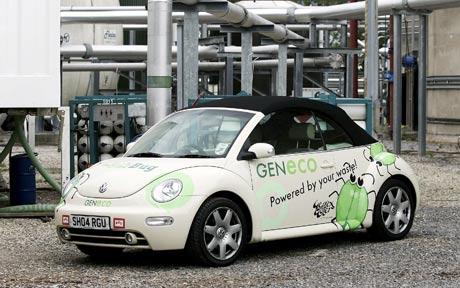Monthly Archives: December 2010
Common pipelines; easements, ownership and liability #1

One recurring topic of 2010 is the Ownership and liability of common water, sewer and gas pipes.
When we send out an emergency response team to a ruptured gas or water pipeline or an overflowing sewer, the first thing our team thinks about is rescuing the property under threat. Often, it is after the emergency that ownership and liability of the problem are hotly debated.
This series of 3 blog posts is aimed at clarifying some of that debate.
Our friends at the Law Reform Commission have helped to clarify this interesting subject and in part it reads:
In most cases, persons using utility services that pass through several properties benefit by the existence of an easement of access over that service, entitling the user to enter the property on which the service is located in order to attend to the service. However, in the absence of such an easement, the user of the service is not allowed to interfere with the service, even where that interference is for the purpose of maintenance, repair, or relocation of the service.
One explanation of why there may not be an easement is that the properties through which the service runs were once commonly owned. When the common ownership ceased, new owners may have failed to ensure that easements over water pipes or sewer lines existed for the particular part of the property they were purchasing. The problem may have arisen due to an assumption that such a right was simply transferred with the purchased property, or by an omission on the part of the conveyancer. Whatever the reason, the failure to create and register an easement has given rise to a number of lasting problems. These difficulties have been compounded by the general reluctance of the Water Board to impose on new purchasers a requirement to install costly separate connections. Many properties today do not have a viable means of creating a separate connection at reasonable cost.
My car is powered by sewage

Methane powered beetle
This post was brought to my attention by the ever vigilant Richard Piper. When you ring our office for help you may speak to him. Tell him you enjoyed this post; I did!
Sewage powered VW Beetle hits the road in Bristol! A Volkswagen Beetle powered by gas from sewage has taken to the road for the first time in Britain.
This converted Beetle car runs on methane gas. The Bio-Bug was launched on Thursday by Wessex Water, which is generating methane from human waste at a sewage treatment works near Bristol.
The company claims the prototype is able to cover 10,000 miles annually on the waste from 70 households.
If the trial proves successful, Volkswagen will consider converting some of its fleet of vehicles to run on biogas.
Mohammed Saddiq, of GENeco, a Wessex Water subsidiary which runs the biogas plant at Avonmouth, said: “Our site has been producing biogas for many years, which we use to generate electricity to power the site and export to the National Grid. With the surplus gas we had available we wanted to put it to good use in a sustainable and efficient way. We decided to power a vehicle on the gas, offering a sustainable alternative to using fossil fuels which we so heavily rely on in the UK.
“If you were to drive the car you wouldn’t know it was powered by biogas as it performs just like any conventional car. It is probably the most sustainable car around.”
The Anaerobic Digestion and Biogas Association said the launch of the Bio-Bug proved that biomethane from sewage sludge could be used as an alternative fuel for vehicles.
Lord Rupert Redesdale, the association’s chairman, said: “This is a very exciting and forward-thinking project demonstrating the myriad benefits of anaerobic digestion (releasing energy from waste). Biomethane cars could be just as important as electric cars.”
Last month Volkswagen announced plans to conquer the green market with a new generation of hybrid and electric cars.
